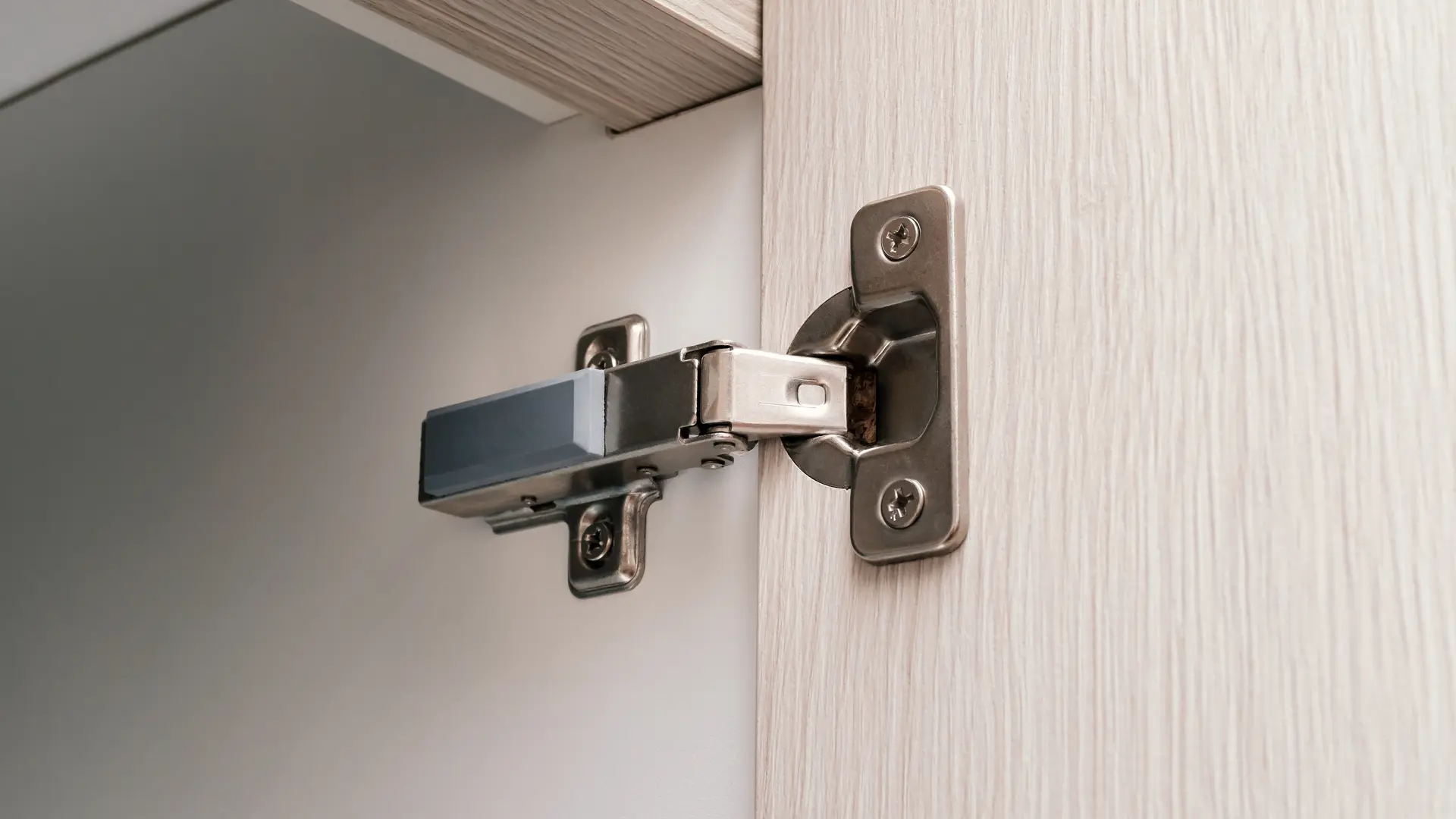

Articles
How To Measure A Cabinet Hinge
Modified: February 17, 2024
Learn how to accurately measure a cabinet hinge for your interior design project. Our step-by-step guide will ensure a perfect fit every time. Enhance your space with precision and style.
(Many of the links in this article redirect to a specific reviewed product. Your purchase of these products through affiliate links helps to generate commission for Storables.com, at no extra cost. Learn more)
Introduction
When it comes to installing or replacing cabinet hinges, it is essential to measure them accurately to ensure a proper fit. By measuring the hinge correctly, you can avoid any issues with the door not closing properly or gaps between the cabinet and the door. Whether you’re a DIY enthusiast or a professional carpenter, this guide will provide you with step-by-step instructions on how to measure a cabinet hinge.
Before diving into the measurements, it’s important to gather the necessary tools to make the process easier. You’ll need a tape measure, a pencil, and a notepad to jot down the measurements as you go along. Additionally, having a digital caliper can be helpful for more precise measurements, but it is not mandatory.
In the following steps, we’ll cover everything from selecting the correct hinge type to measuring the door overlay, cup size, hinge opening angle, boring depth, and backplate size (if applicable). By following these steps, you’ll be able to determine the proper measurements for your cabinet hinge and ensure a smooth installation or replacement process.
Key Takeaways:
- Properly measuring cabinet hinges is crucial for a successful installation or replacement, ensuring smooth operation and a seamless fit for your cabinet doors.
- Consider additional features like soft-closing mechanisms and weight capacity to enhance functionality and aesthetics when selecting cabinet hinges.
Read more: How To Fix A Cabinet Door Hinge
Tools Needed
Before you begin measuring your cabinet hinge, it’s important to gather the following tools:
- Tape measure: A reliable tape measure is essential for accurate measurements. Make sure it is long enough to measure the dimensions of your cabinet and door.
- Pencil: You’ll need a pencil to mark the measurements and keep track of them as you go along.
- Notepad: Having a notepad handy allows you to write down the measurements as you take them, ensuring you won’t forget any important dimensions.
- Digital caliper (optional): While not necessary, a digital caliper can provide more precise measurements, especially for smaller or more intricate hinge components.
By having these tools ready, you’ll be well-equipped to measure your cabinet hinge accurately and ensure a successful installation or replacement.
Step 1: Selecting the Correct Hinge Type
Before you can measure your cabinet hinge, you need to determine the correct hinge type for your specific cabinet door. There are various types of hinges available, including overlay hinges, inset hinges, and half-overlay hinges. Each type has different installation requirements and measurements.
If you’re unsure about the hinge type you need, examine your cabinet door to determine how it overlaps the cabinet frame. Here are the three common hinge types:
- Overlay hinges: These hinges are visible from the outside when the cabinet door is closed. Measure the overlay by determining the distance between the edge of the door and the edge of the cabinet frame. Common overlay measurements include 1/2 inch, 3/4 inch, or full overlay (where the door completely covers the cabinet frame).
- Inset hinges: These hinges are concealed and allow the cabinet door to fit flush with the cabinet frame. Measure the inset hinge by determining the distance the door will be set back from the edge of the cabinet frame. Inset hinges typically have a 3/8 inch inset measurement.
- Half-overlay hinges: These hinges are a combination of overlay and inset hinges. One side of the door will have an overlay while the other side fits flush with the cabinet frame. Measure the overlay and inset portions accordingly.
Once you have determined the correct hinge type, you can move on to measuring the specific dimensions of the cabinet hinge components. This will ensure a proper fit and smooth operation of your cabinet doors.
Step 2: Measuring the Door Overlay
Measuring the door overlay is an essential step in determining the correct size of your cabinet hinge. The overlay refers to the distance the cabinet door overlaps the cabinet frame when it is closed.
To measure the door overlay, follow these steps:
- Carefully close the cabinet door, ensuring it is aligned with the frame.
- On the hinge side of the door, use your tape measure to measure the distance between the outer edge of the door and the outer edge of the cabinet frame.
- Note down the measurement in inches or millimeters. This measurement will specify the overlay size required for your cabinet hinge.
Remember to measure both sides of the door if you have a double-door cabinet. It’s essential to be as accurate as possible when measuring the overlay to ensure the correct hinge fit.
Common overlay sizes include 1/2 inch, 3/4 inch, or full overlay, where the door completely overlaps the cabinet frame. By correctly measuring the door overlay, you’ll be able to select the appropriate size and type of hinge for your cabinet doors.
Step 3: Measuring the Cup Size
The cup size of a cabinet hinge refers to the diameter of the circular recess that is drilled into the door to accommodate the hinge mechanism. It is crucial to measure the cup size accurately to ensure a proper fit.
To measure the cup size of your cabinet hinge, follow these steps:
- Open the cabinet door fully, exposing the hinge assembly.
- Locate the circular recess or “cup” on the back of the door where the hinge sits.
- Using a tape measure or digital caliper, measure the diameter of the cup. Make sure to measure from one side of the cup to the opposite side, passing through the center.
- Note down the cup size measurement in inches or millimeters.
Common cup sizes for cabinet hinges are typically 35mm, 26mm, or 10mm. By accurately measuring the cup size, you can select a hinge that fits securely within the drilled recess, allowing the door to open and close smoothly.
Remember, if you are replacing existing hinges, it is essential to match the cup size of the new hinges to the old ones to ensure compatibility and a proper fit.
Use a ruler or tape measure to measure the length and width of the hinge, as well as the distance between the screw holes. This will help you find the right replacement hinge for your cabinet.
Read more: How To Measure Cabinet Hinge Overlay
Step 4: Determining the Hinge Opening Angle
The hinge opening angle refers to the angle at which the cabinet door swings open when the hinge is installed. It is important to determine the hinge opening angle to ensure that the door can open and close smoothly without any obstructions.
To determine the hinge opening angle, follow these steps:
- Close the cabinet door completely.
- Carefully examine the hinge to determine its design and functionality.
- Identify whether it is a standard 90-degree hinge or a specialty hinge with a different opening angle.
- If it is a standard 90-degree hinge, the opening angle is already known.
- If it is a specialty hinge with a different opening angle, carefully measure the angle using a protractor or a specialized angle measuring tool.
- Note down the hinge opening angle in degrees.
Common hinge opening angles include 90 degrees for most standard hinges, as well as 110 degrees or 180 degrees for specialty hinges. By determining the correct hinge opening angle, you can select the appropriate hinge type that allows the door to open and close smoothly within the space available.
Remember, it is crucial to choose a hinge with an opening angle that suits the dimensions and functionalities of your cabinet and door.
Step 5: Measuring the Depth of the Boring
The depth of the boring refers to the depth of the hole that needs to be drilled into the cabinet door or the cabinet frame to accommodate the hinge. It is important to measure the depth accurately to ensure a secure and proper installation of the hinge.
To measure the depth of the boring, follow these steps:
- Examine the hinge and identify the part that needs to be inserted into the door or the frame.
- Take your tape measure and measure the length of the hinge part that should be inside the door or the frame.
- Make sure to note down the measurement in inches or millimeters.
Common boring depths for cabinet hinges range from 1/2 inch to 3/4 inch. By accurately measuring the depth of the boring, you can ensure that the hinge is properly secured and provides the necessary stability for the cabinet door.
Remember to take precise measurements and choose a hinge that matches the depth requirements of your cabinet door or frame.
Step 6: Measuring the Backplate Size (If Applicable)
Some cabinet hinges come with a backplate, which is a flat metal piece that attaches to the cabinet side or the door. The backplate provides additional support and stability to the hinge. If your hinge has a backplate, it is important to measure its size accurately for proper installation.
To measure the backplate size, follow these steps:
- Locate the backplate attached to the hinge.
- Measure the width and height of the backplate using a tape measure.
- Note down the measurements in inches or millimeters.
Some backplates may have specific mounting hole specifications as well. In this case, measure the distance between the mounting holes to ensure compatibility with your cabinet or door.
By accurately measuring the backplate size, you can select a hinge that matches the dimensions of your cabinet or door and ensures a sturdy and secure installation.
Keep in mind that not all hinges have a backplate, so if your hinge does not have one, you can proceed to the next step.
Step 7: Checking for Any Additional Features or Specifications
Before finalizing your cabinet hinge selection, it’s important to check for any additional features or specifications that may be required for your specific cabinet and door.
Here are a few aspects to consider:
- Soft-closing feature: If you prefer your cabinet doors to close gently and quietly, you may want to consider hinges with a soft-closing feature. This feature typically requires additional measurements and adjustments to ensure compatibility.
- Weight capacity: Depending on the size and weight of your cabinet doors, you may need hinges with a higher weight capacity. Make sure to check the weight limitations of the hinges you’re considering and choose ones that can handle the weight of your doors.
- Material and finish: Consider the material and finish of the hinges to complement the overall aesthetics of your cabinet and door. Common materials include steel, brass, or nickel, and finishes may vary from brushed to polished or antiqued.
- Specialty hinges: If you have unique requirements such as corner cabinets, glass doors, or inset doors, ensure that the hinges you choose are specifically designed to accommodate these features.
Take the time to research and understand any additional features or specifications that may be relevant to your cabinet hinges. Consulting with a professional or referring to manufacturer guidelines can help ensure a successful installation.
By considering these additional features and specifications, you can select the perfect cabinet hinges that match your specific requirements and enhance the functionality and appearance of your cabinets.
Read more: How To Adjust Hinges On Cabinet Doors
Conclusion
Measuring cabinet hinges accurately is crucial for a successful installation or replacement project. By following the step-by-step guide outlined in this article, you can ensure that the hinges you select will fit properly, function smoothly, and provide the desired aesthetic appeal for your cabinets. Here’s a recap of the steps:
- Select the correct hinge type based on the door overlay and the cabinet frame.
- Measure the door overlay to determine how much the door overlaps the cabinet frame.
- Measure the cup size, which refers to the diameter of the circular recess for the hinge on the door.
- Determine the hinge opening angle, whether it’s a standard 90-degree hinge or a specialty hinge with a different angle.
- Measure the depth of the boring, which is the depth of the hole that accommodates the hinge.
- Measure the size of the backplate (if applicable), both in width and height.
- Check for any additional features or specifications that may be required, such as soft-closing, weight capacity, or specialty hinges.
With the proper measurements and considerations in place, you can confidently select the cabinet hinges that will ensure smooth operation, stability, and a seamless integration with your cabinet doors.
Remember to double-check your measurements and consult with professionals or manufacturer guidelines if you encounter any uncertainties along the way. With careful attention to detail, your cabinet hinge installation or replacement will be a success, and your cabinets will function flawlessly for years to come.
Frequently Asked Questions about How To Measure A Cabinet Hinge
Was this page helpful?
At Storables.com, we guarantee accurate and reliable information. Our content, validated by Expert Board Contributors, is crafted following stringent Editorial Policies. We're committed to providing you with well-researched, expert-backed insights for all your informational needs.
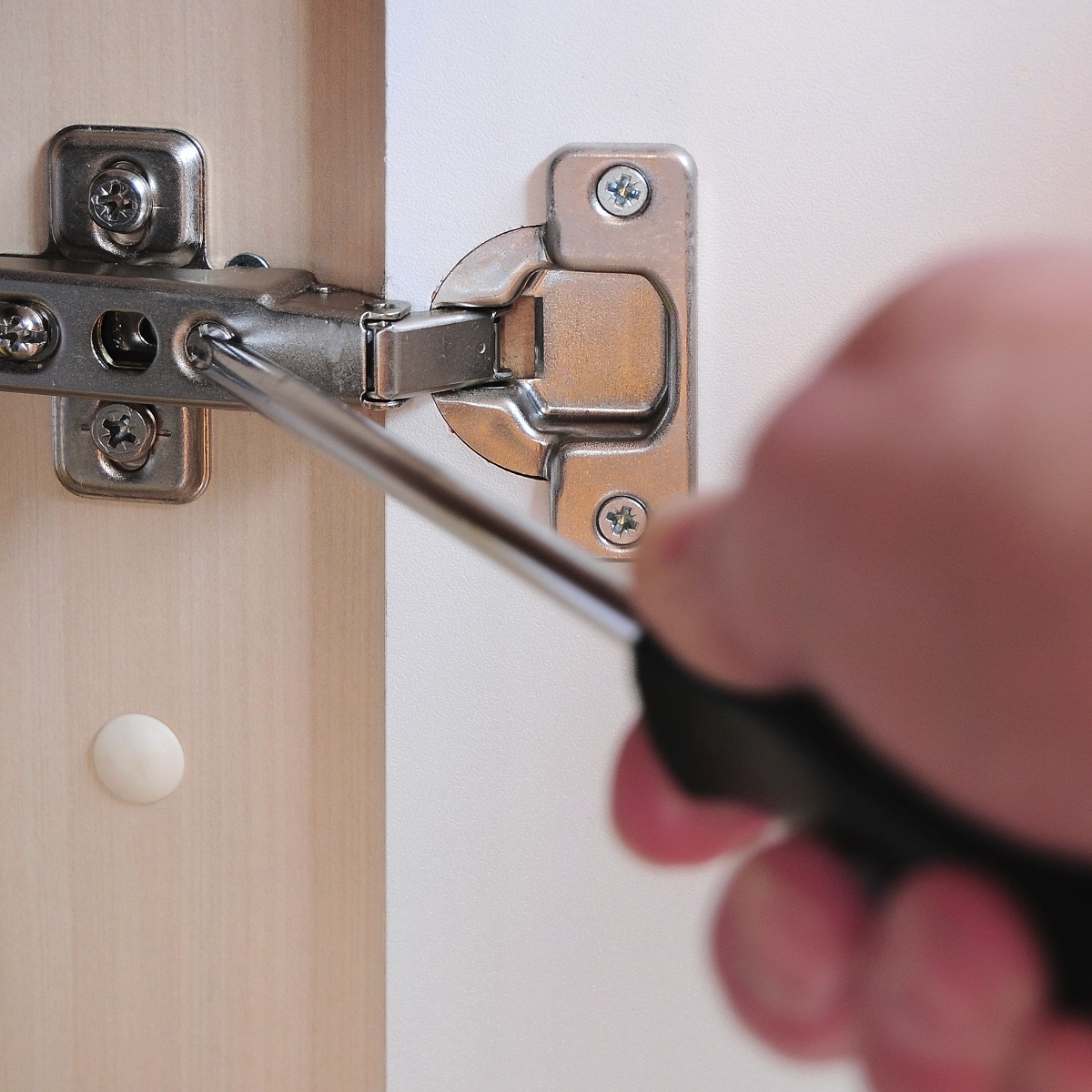
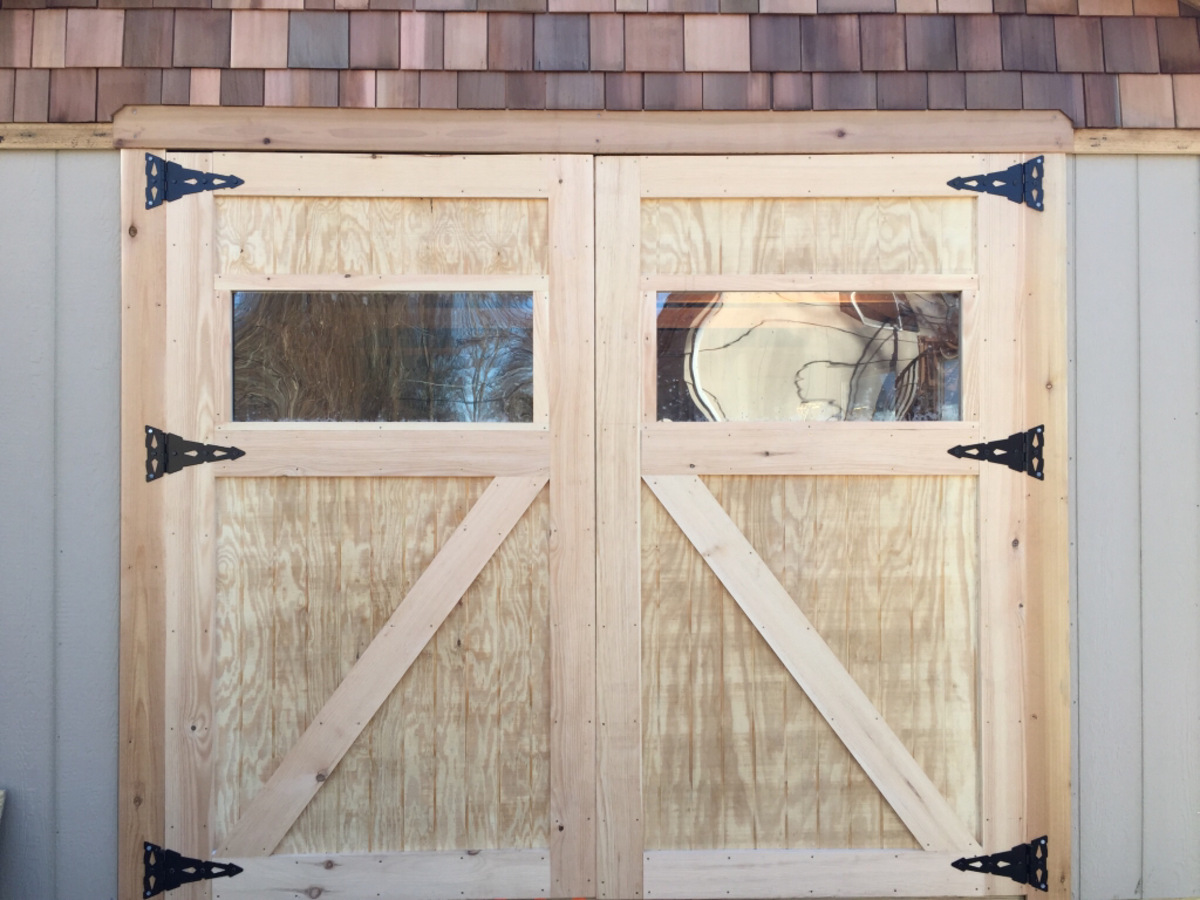
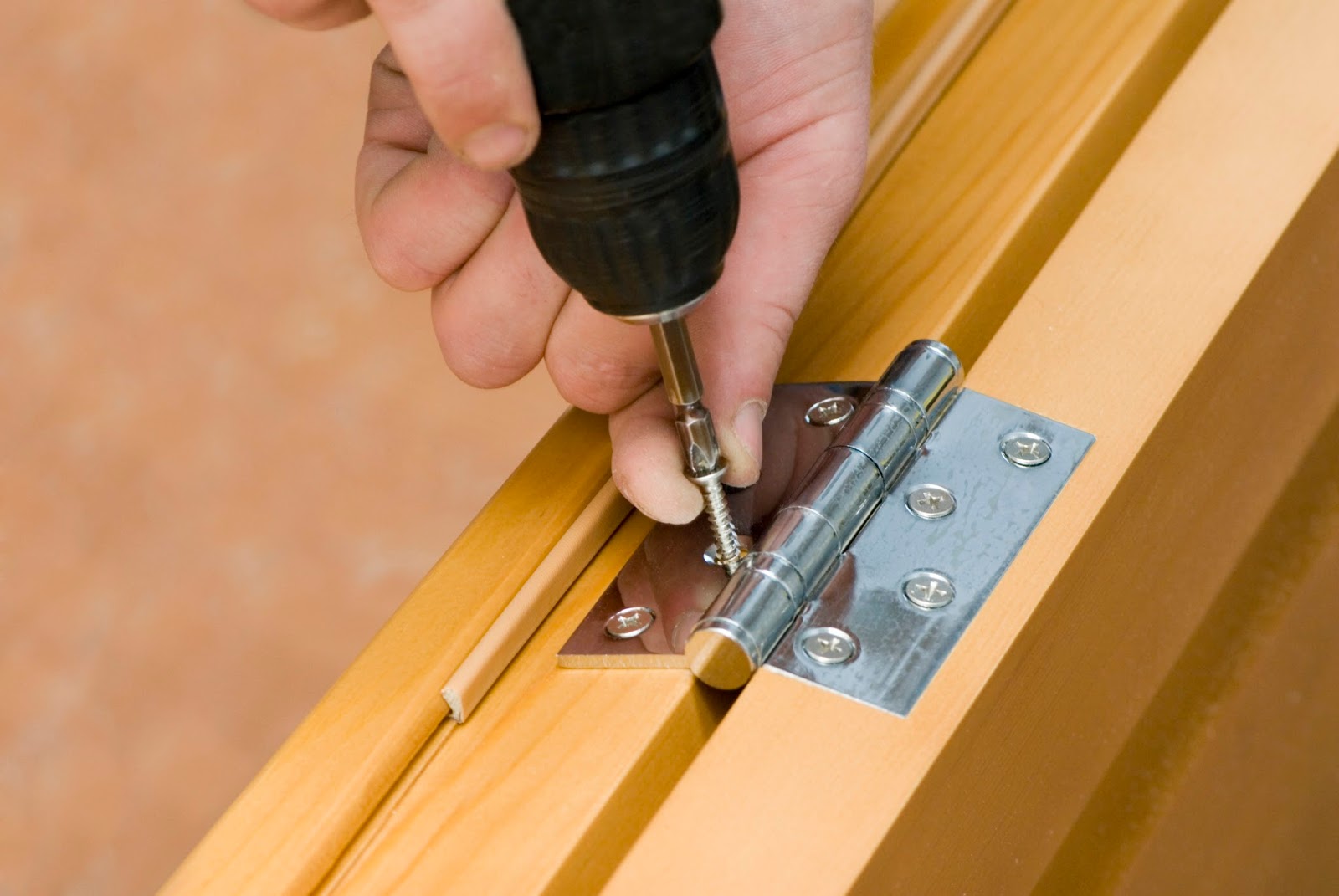
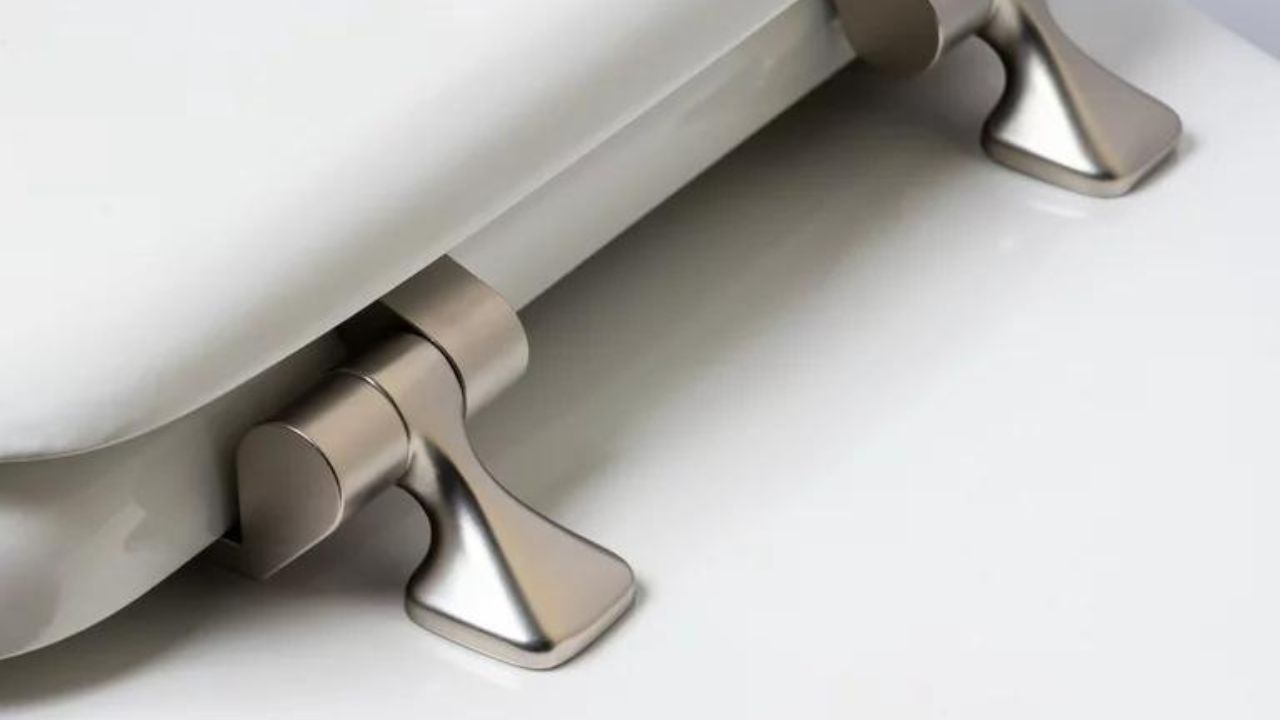
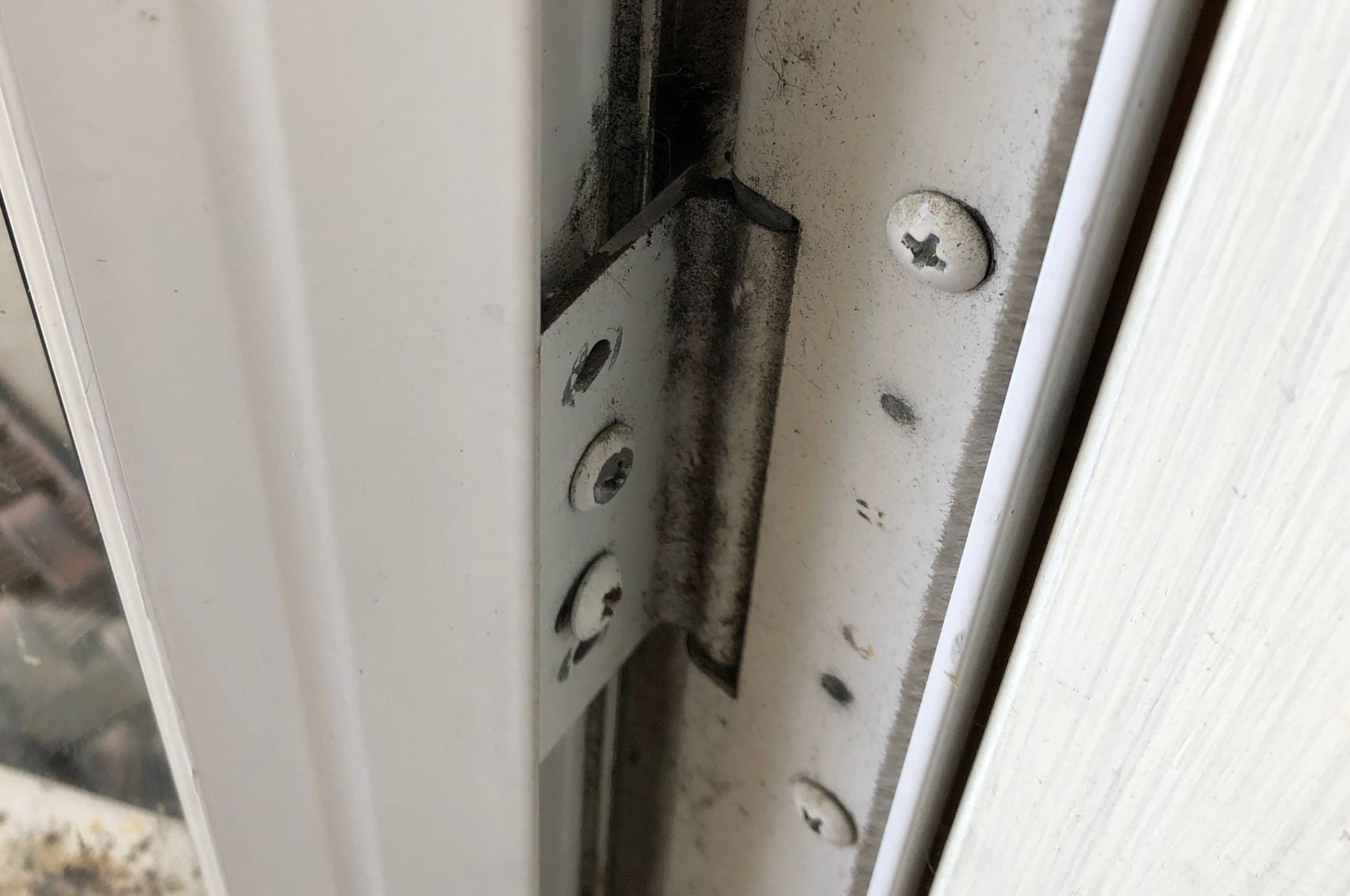
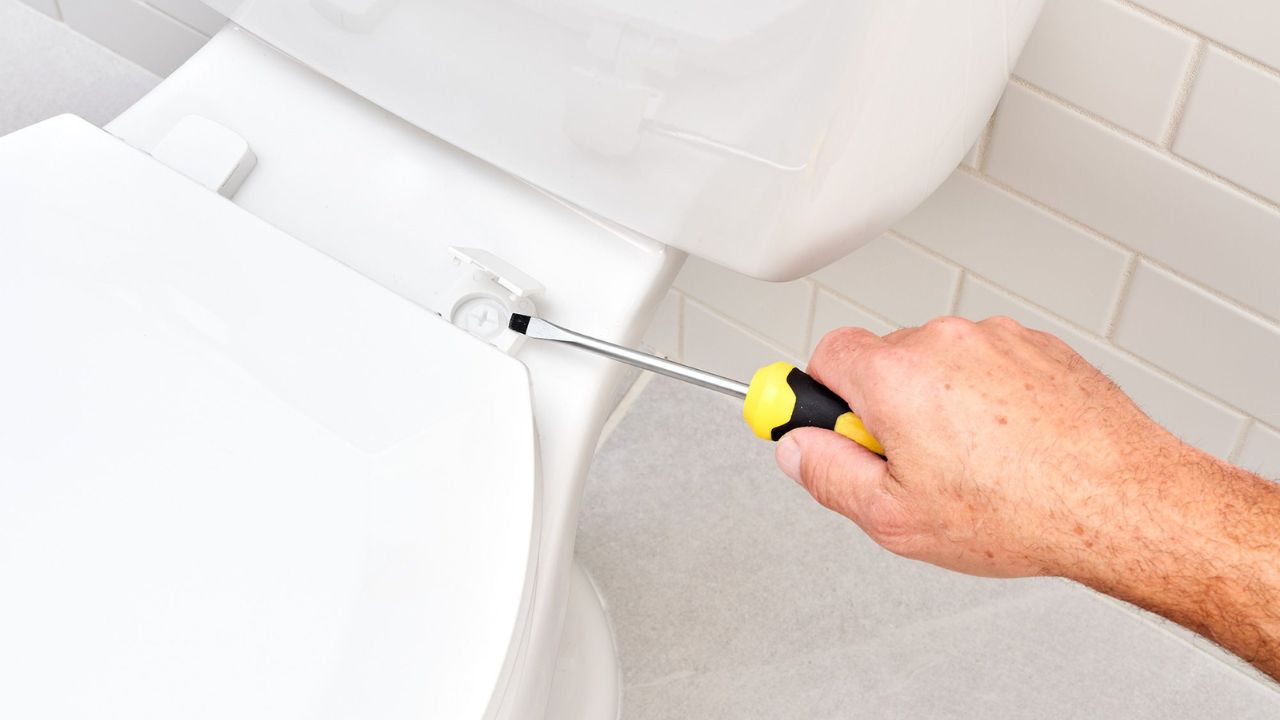
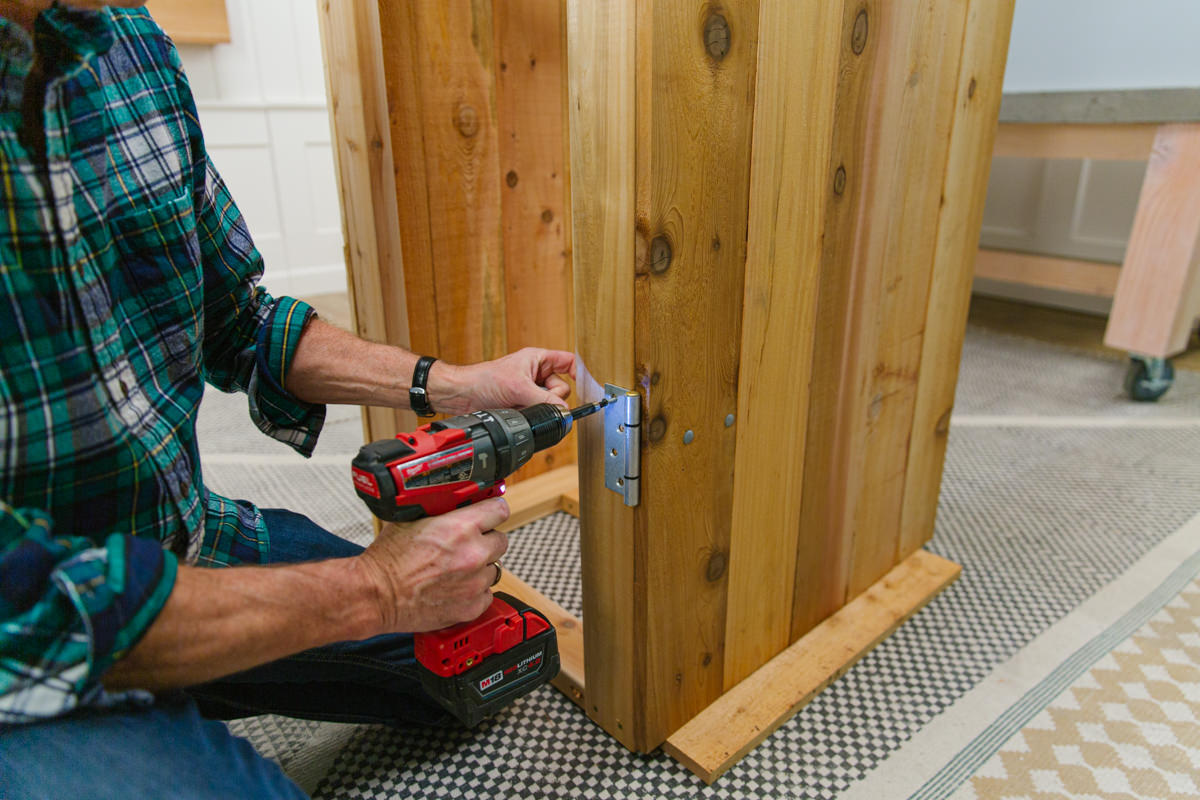
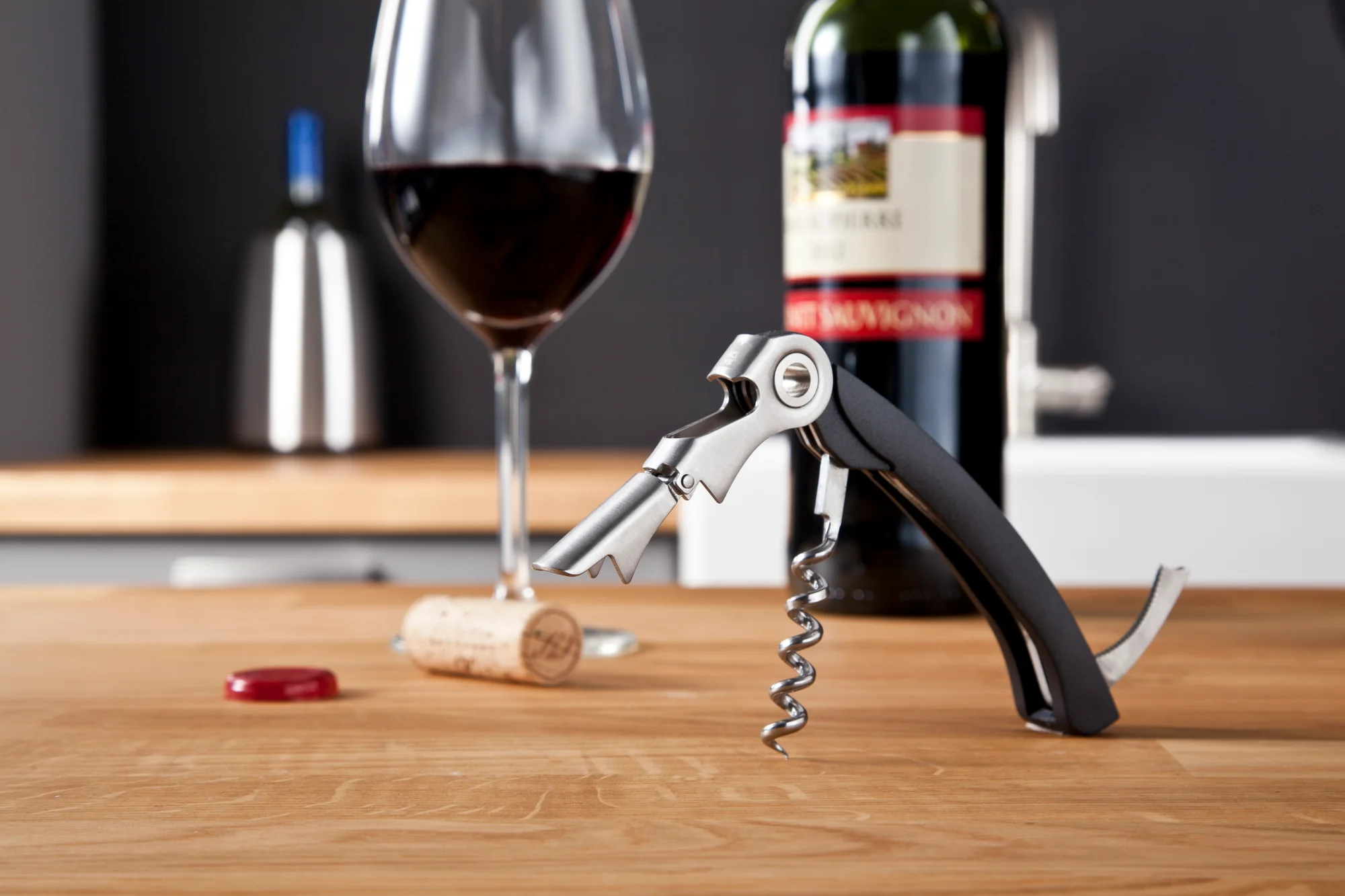
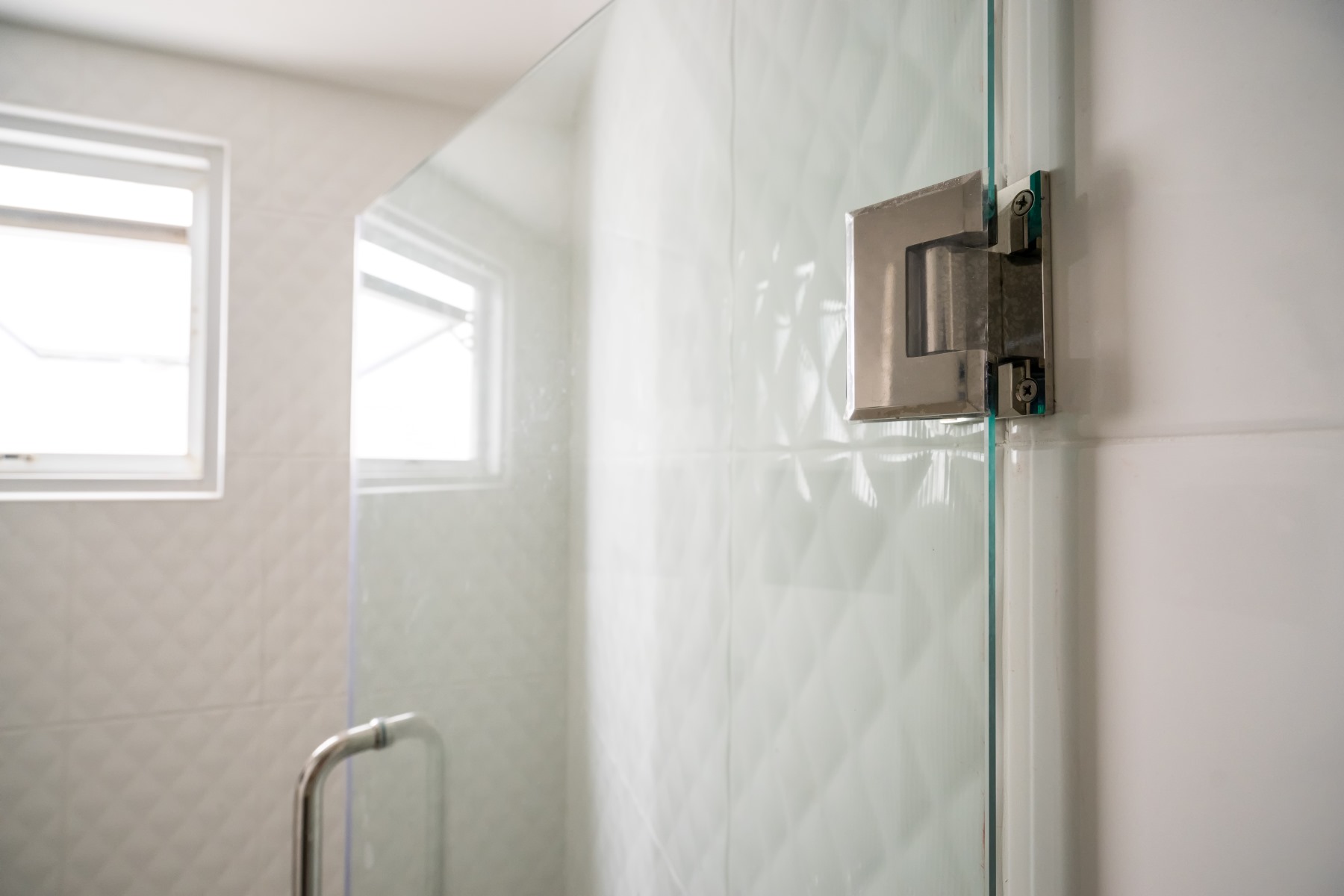
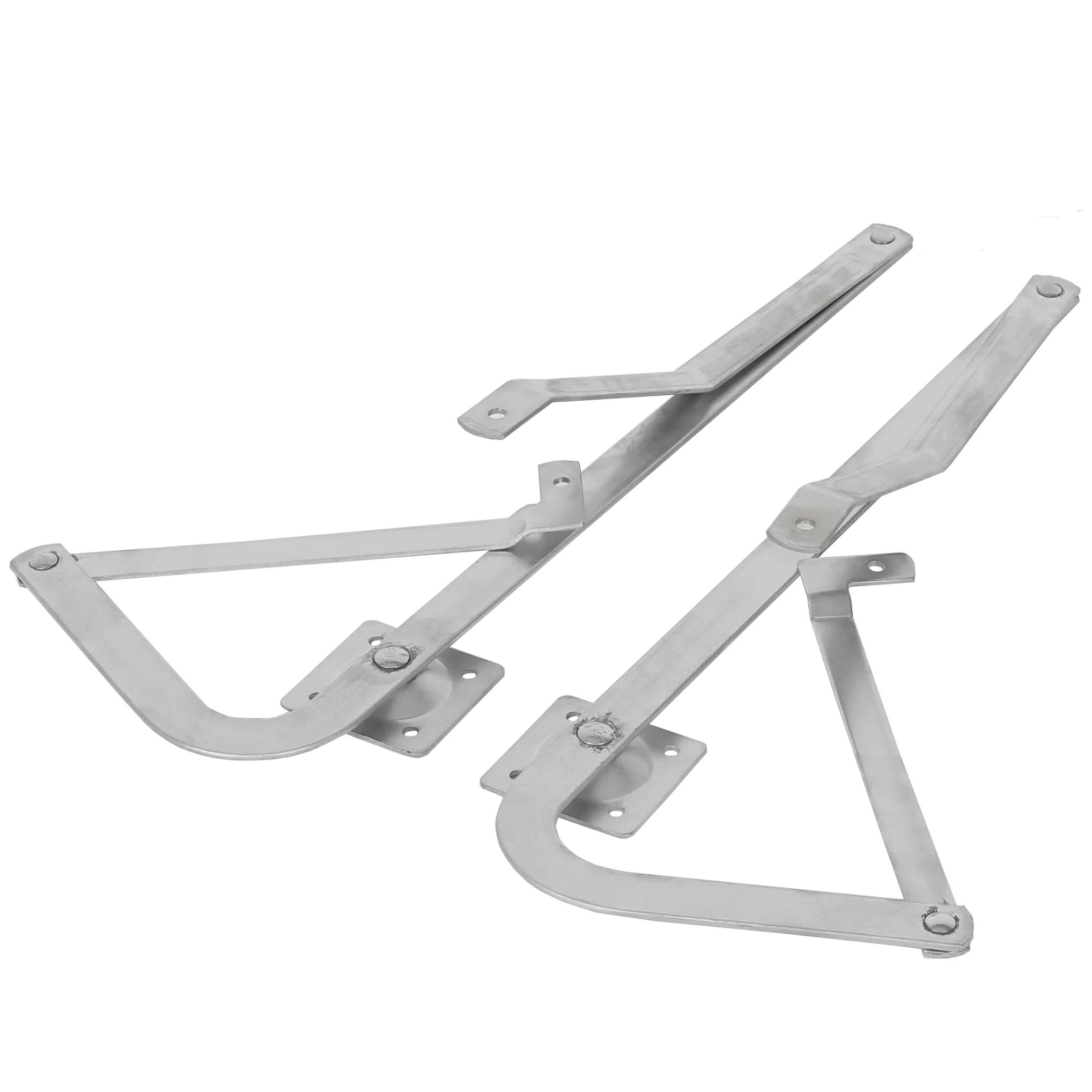
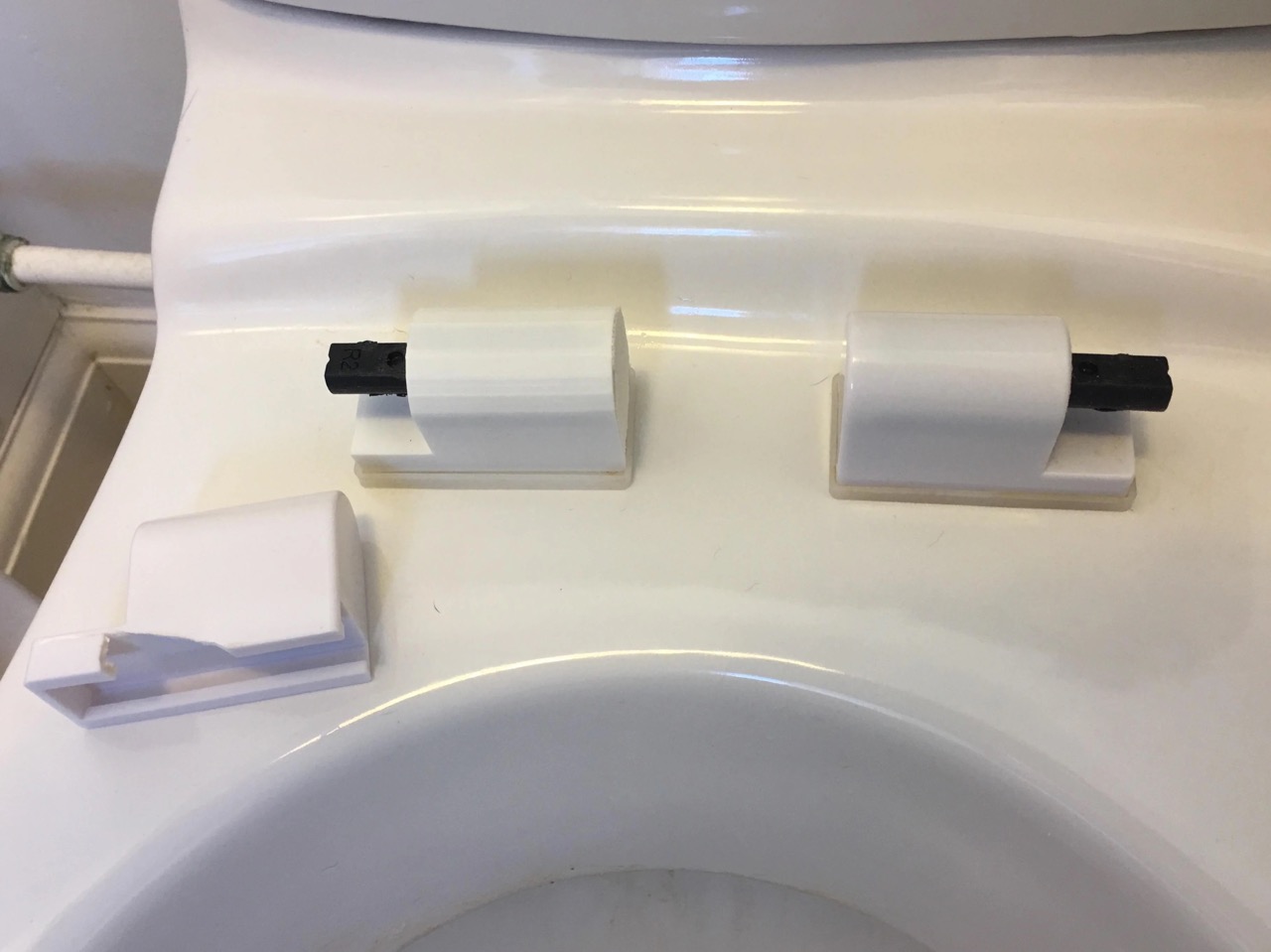
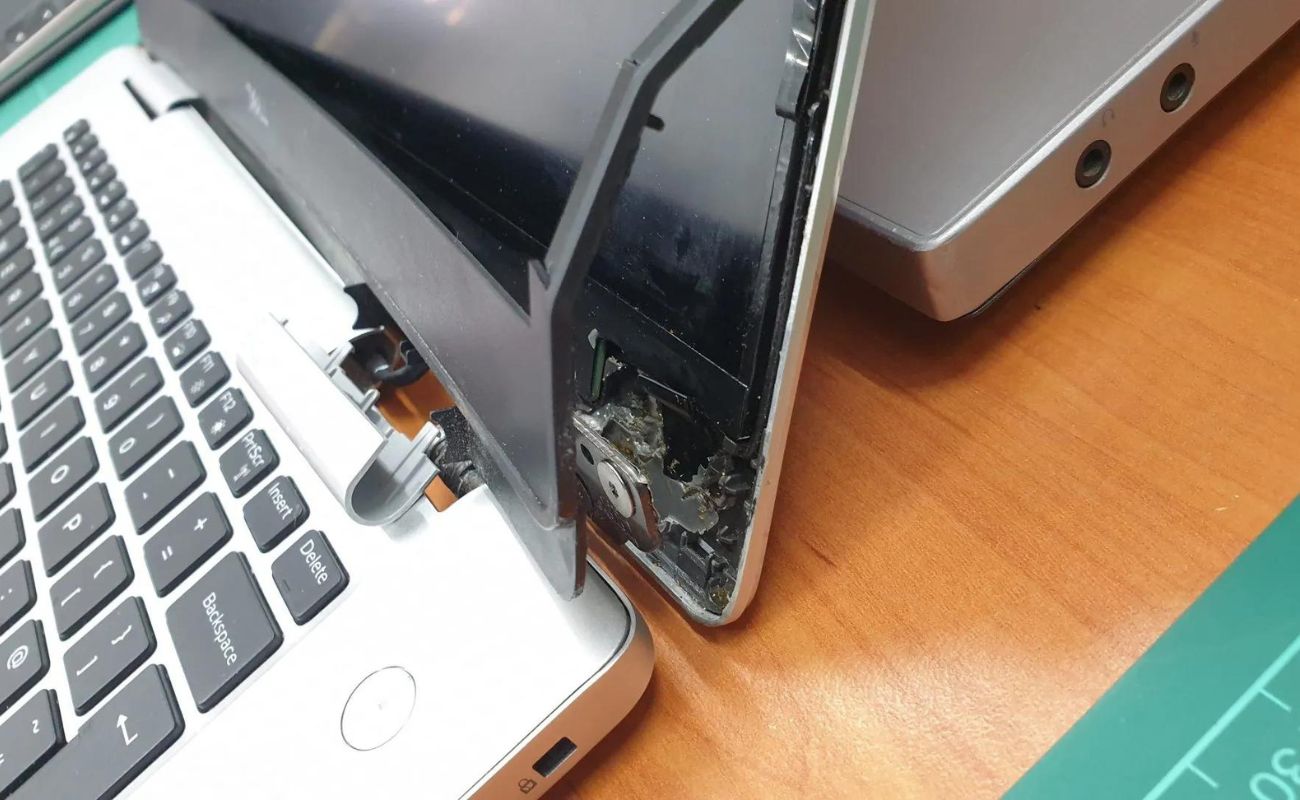
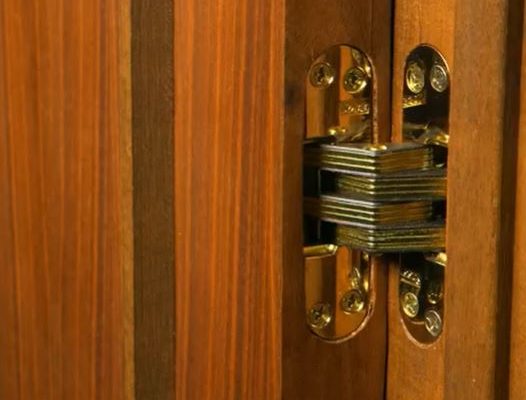

0 thoughts on “How To Measure A Cabinet Hinge”